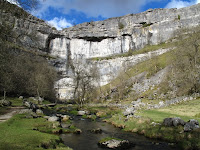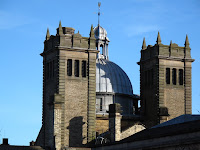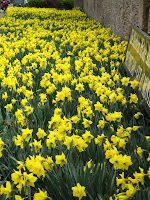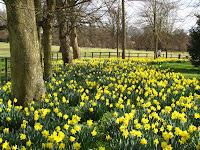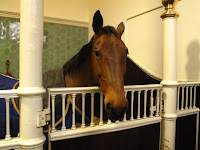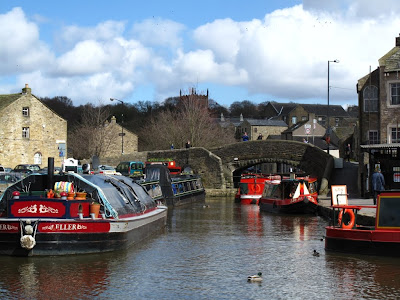
 We saw the moors in sunshine, hail and snow. All weather conditions (except rain) seemed to take turns in the morning. Leaving Harrogate for Otley, we enjoyed a great drive to Haworth, passing through various towns of interest. Haworth is the town the Bronte sisters grew up in, and is a real delight to visit. From here, we drove west over the Keighley Moor, where overnight snow still covered the higher ground.
We saw the moors in sunshine, hail and snow. All weather conditions (except rain) seemed to take turns in the morning. Leaving Harrogate for Otley, we enjoyed a great drive to Haworth, passing through various towns of interest. Haworth is the town the Bronte sisters grew up in, and is a real delight to visit. From here, we drove west over the Keighley Moor, where overnight snow still covered the higher ground.

North from here is the very attractive town of Skipton. From here we drove via Bolton Abbey and Linton to the final stop of the day – Malham. This is a great place for walking. We did the easy walk to Malham Cove, a natural limestone amphitheatre. Originally the waterfall must have been quite stunning, but now the water disappears underground before it reaches the cliffs.
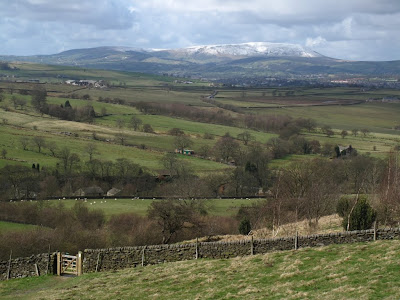
A walk up to the top of the cliffs, leads to the limestone pavements. These deeply fissured rocks were also made by water, and gives a great view over the Malham area.

